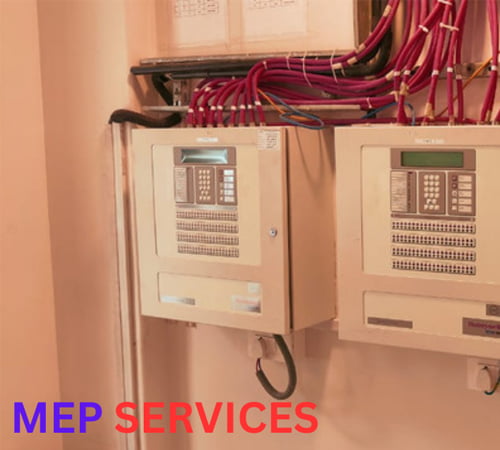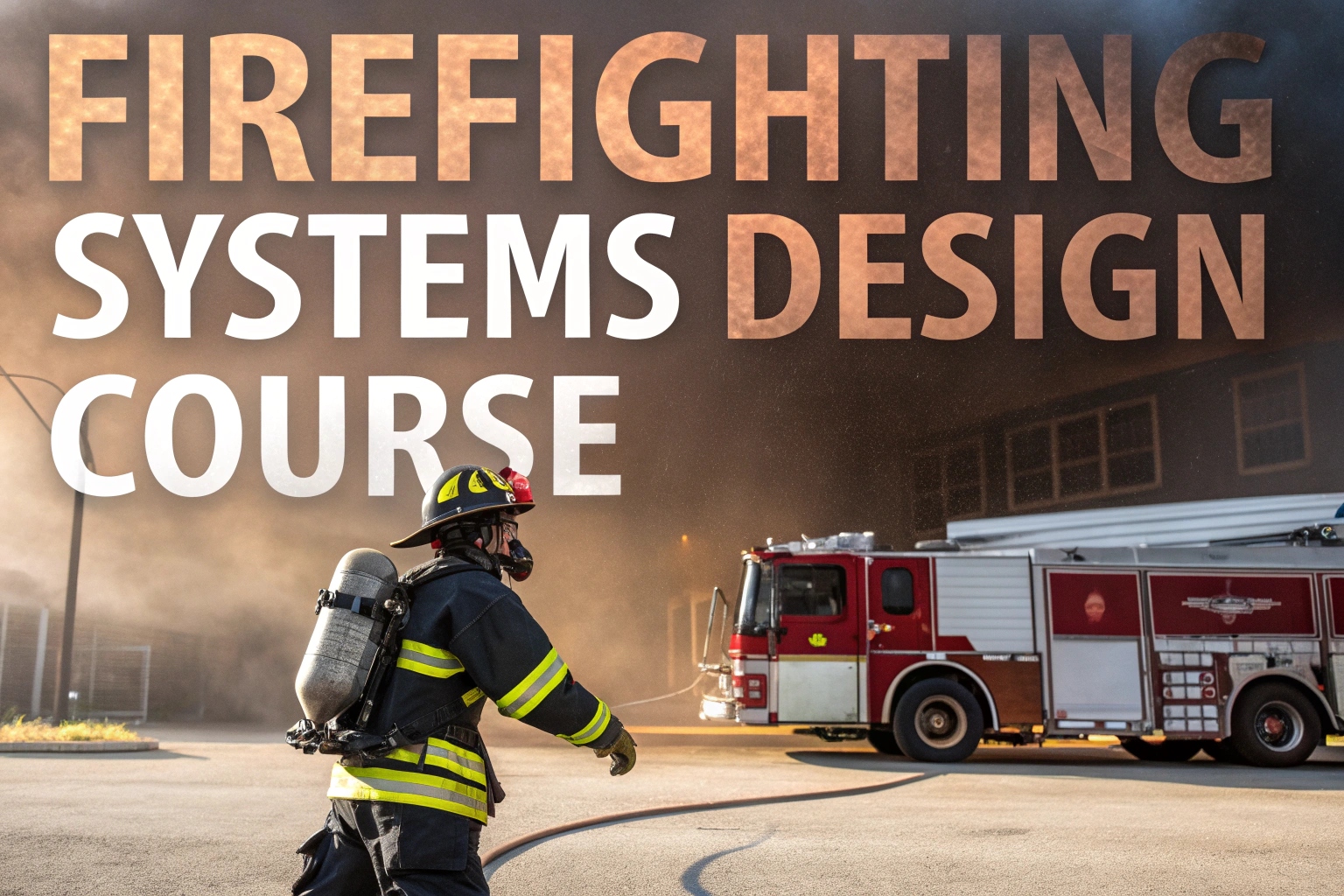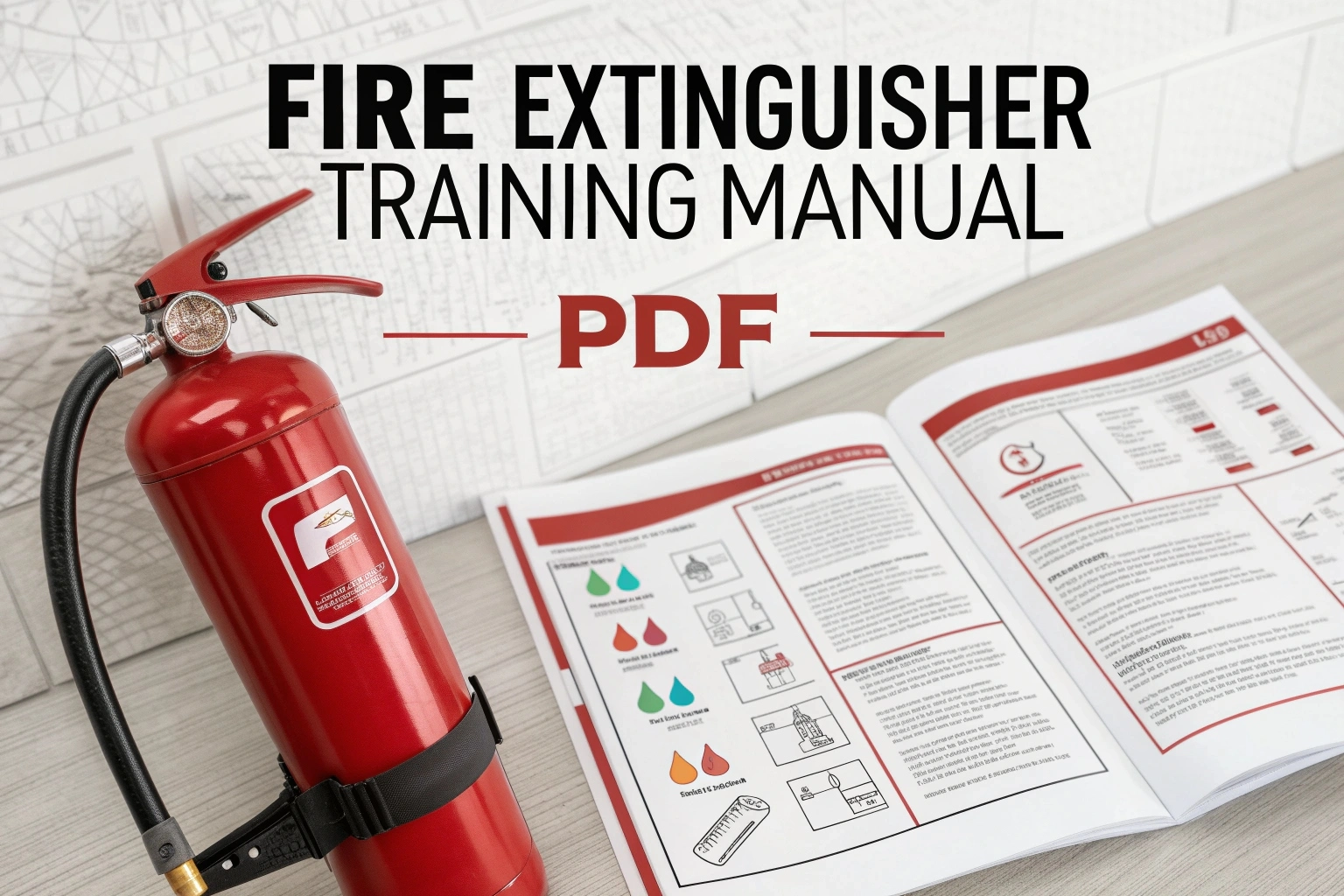Fire alarm system and purpose of fire alarm system
A properly designed, installed, operated and maintained fire alarm system can minimize the losses associated with unwanted fires in any building. These damages include property and more importantly human life. The primary motivation for fire alarm system requirements in building and fire codes is to provide quick notification to building occupants so they can exit the building, and to notify the fire service so it can respond to a fire. In settings such as hospitals, fire alarm systems provide information to employees so that they can respond to a fire emergency (as opposed to evacuating the building). This module will explain the basic features of fire alarm systems and how to inspect these systems. It should be noted that fire alarm systems are also referred to as “protective signaling systems”, specifically in NFPA documents and other codes and standards.
Basic components of a fire alarm system
Fire alarm systems typically consist of the following components: alarm starting device circuit
These are circuits that connect starting devices such as smoke detectors, heat detectors, manual pull stations, and water flow alarms. Additionally, a number of system monitor devices critical to the overall fire safety of the building are also connected to the starting circuit. These devices indicate an “abnormal” condition, not a fire or “alarm” condition. They SM PS-3 fire protection system SM PS-4 are called “supervisory equipment”. An example would be a valve supervisory switch or tamper switch of a valve controlling an automatic sprinkler system. These types of devices can also be connected to supervisory type circuits.
Fire alarm control panel –
The fire alarm control panel contains the electronics that monitor and monitor the fire alarm system. The initiating and signaling circuits are directly connected to this panel.
Primary Power Supply –
The primary power supply provides power to the entire fire alarm system. Primary power for a fire alarm system is typically provided by connecting to the local commercial power service.

Heat Detector –
Heat detectors are commonly used to detect fires. They are less likely to set off a false alarm and are less expensive than smoke detectors. However, in many cases the response of heat detectors may not be sufficient, limiting their usefulness. Heat detectors are slower to react to a fire than smoke detectors because heat detectors cannot react to smoke.
Smoke detectors –
One cannot stress enough the benefits of a smoke detector. However, smoke detectors are not usable in all environments and their effectiveness varies depending on the condition of the fire and the ability of the occupant. The two basic operating mechanisms currently used in smoke detectors are photoelectric and ionization.
Manual Fire Alarm Box (Pull Station) –
Very common starting equipment, the manual fire alarm box is commonly referred to as a manual pull station. These are simple devices that are manually operated, that is, they require a person to operate the mechanism. These are found throughout the building in hallways, near exits, and in other strategic locations such as the nurse’s station or security center.
Automatic suppression systems – Fire suppression systems can be connected to a fire alarm panel so that the panel will signal an alarm when the system is activated. Wet pipe automatic sprinkler systems usually have water flow detectors. As soon as water starts flowing in the sprinkler pipe, it moves the vane to alarm position; It sends alarm to the fire alarm panel. Dry pipe sprinkler systems may have pressure sensors for this very reason.















